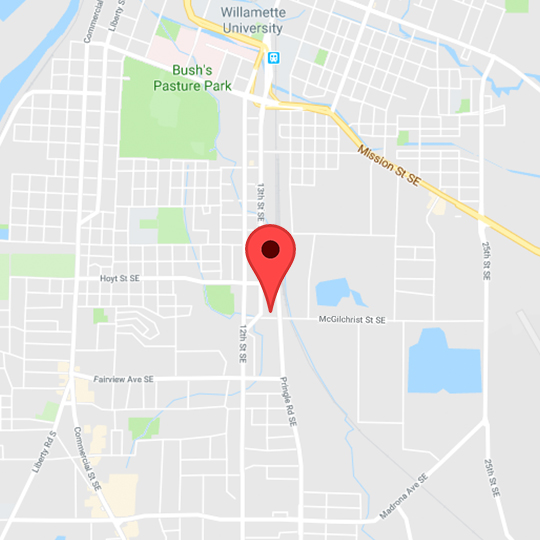Nothing seems quite as mysterious to parents as those dreaded diaper rashes that seem to appear at times with alarming frequency.
Though there certainly are diaper rashes that require an immediate doctor’s visit, including shiny, sometimes crusty spots with drainage, which are likely infected, the vast majority can very safely and appropriately treated by you at home.
When you first notice little red bumps or flat round spots, start with your favorite product: Desitin (zinc oxide paste, much cheaper as generic), Butt Paste (Zinc Oxide plus a “secret ingredient”), A & D ointment (petroleum jelly with vitamins added, and the price inflated), and my favorite, plain petroleum jelly (Vaseline), are all good choices.
What to do if the rash is not improving after 3 days? A fair amount of data suggests a diaper rash unimproved in 3 days likely represents a yeast infection (especially if it’s predominantly seen in the creases between the scrotum or labia and thigh, or in a boy, on the underside of the penis where it touches the scrotum).
Why yeast? Very simple: All humans have candida albicans (yeast) in their stool. Thus men get jock itch, women get vaginal yeast infections, babies get candidal diaper rashes. If the skin is healthy, yeast can’t infect the skin. But once it gets broken down and inflamed, the yeast gets a toehold, and the rash takes off.
I like to use two different products to treat this. The primary topical you need is an antifungal, my favorite being Clotrimazole 1% cream (sold in most pharmacies as Athlete’s Foot Cream). Brand name Lotrimin can run $10.00 or more for just half an ounce while generic clotrimazole cream can be less than $7.00 for two ounces!
An antifungal may well be sufficient. However, I always recommend a second product, also inexpensive: 1% hydrocortisone ointment (don’t get the cream, it’s not as effective). Remember I said that yeast needs inflamed skin in order to infect? Well using the hydrocortisone reduces the inflammation that allows yeast to thrive. It has been my observation that there are far fewer treatment failures using both.
A final word about order of products and frequency: oil goes through water, but water doesn’t go through oil. The hydrocortisone ointment is mostly Vaseline, or oil; creams, are water based. So always apply the antifungal cream first, then the hydrocortisone ointment. How often? I suggest every diaper change to start; then, as it starts to improve, you may gradually diminish the frequency.
If the rash is still not improving after 4-5 days antifungal and hydrocortisone, it’s time to visit your provider to evaluate.


 and then tap "Add to homescreen".
and then tap "Add to homescreen". Salem Pediatric Clinic
Salem Pediatric Clinic
